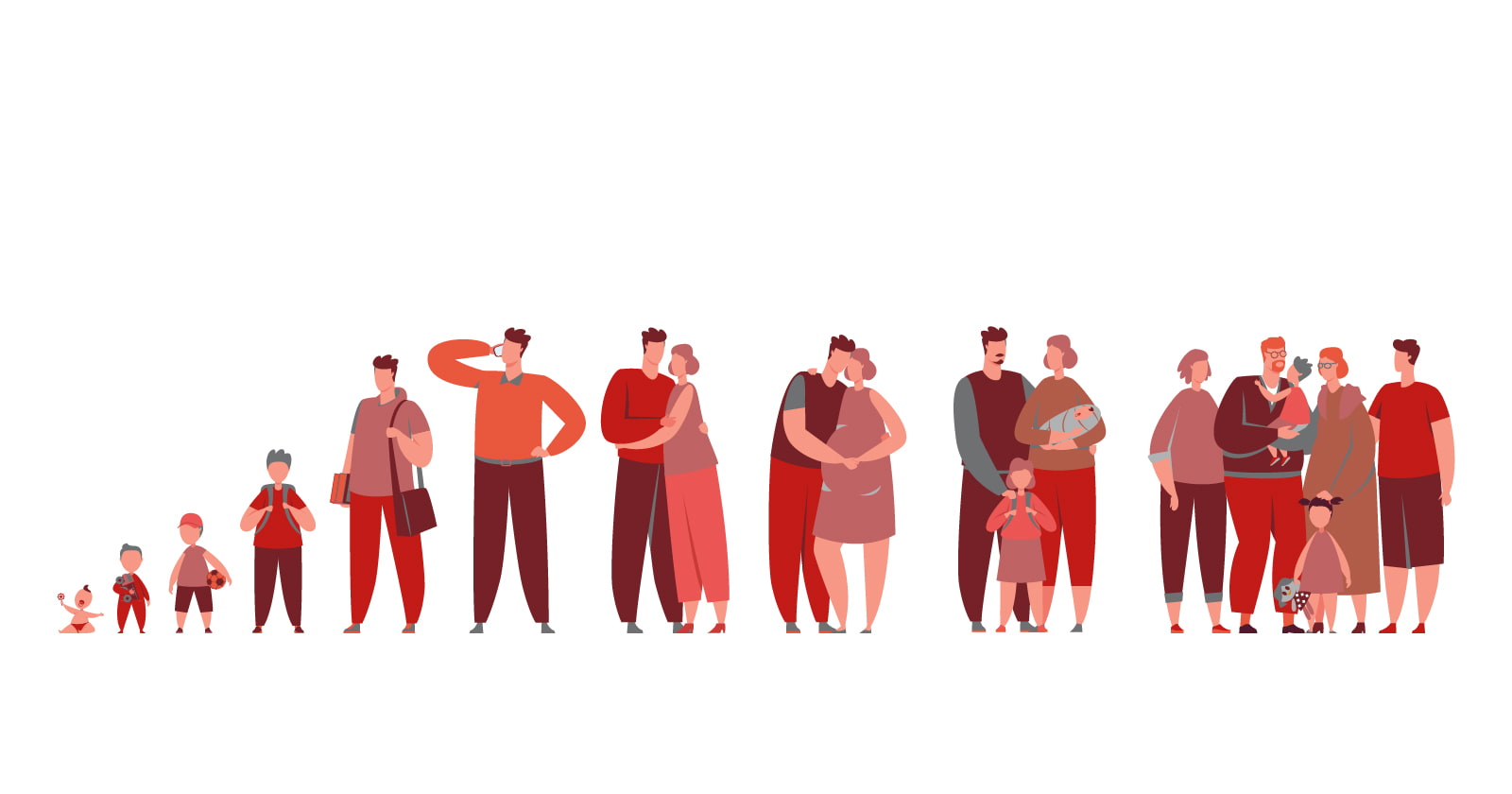Introduction
Life insurance is a vital financial tool that provides security and peace of mind for individuals and their families. It offers protection against financial hardships in the event of unexpected death, ensuring that loved ones are taken care of. In Europe, life insurance needs can vary significantly depending on one’s life stage. This guide aims to provide a comprehensive overview of life insurance considerations for different life stages in Europe.
Table of Contents
- Young Adults (18-30)
- Importance of Early Planning
- Types of Policies to Consider
- Starting a Family (30-40)
- Coverage for Dependents
- Long-term Financial Security
- Mid-Life (40-60)
- Adjusting Coverage
- Health Considerations
- Pre-Retirement (60-70)
- Estate Planning
- Final Expense Coverage
- Retirement (70+)
- Life Insurance in Later Years
- Policy Options for Seniors
- Conclusion
- Tailoring Life Insurance to Your Needs
Young Adults (18-30)
Importance of Early Planning
For young adults, starting early with life insurance can be beneficial due to lower premiums and the opportunity to build a solid financial foundation. Even if there are no dependents, life insurance can cover debts, such as student loans, and provide a financial buffer for parents or partners.
Types of Policies to Consider
- Term Life Insurance: Affordable and provides coverage for a specific period.
- Whole Life Insurance: Higher premiums but includes a savings component.
Starting a Family (30-40)
Coverage for Dependents
As individuals start families, the need for life insurance increases to ensure that dependents are financially secure in case of an untimely death. This period often includes taking on mortgages and other debts that need coverage.
Long-term Financial Security
- Joint Life Insurance Policies: Cover both partners, ensuring financial stability for the surviving partner and children.
- Critical Illness Riders: Provide additional coverage for serious illnesses, ensuring comprehensive protection.
Mid-Life (40-60)
Adjusting Coverage
During mid-life, individuals may need to adjust their coverage to reflect changes in financial responsibilities and health status. This might involve increasing coverage if there are new dependents or reducing it if debts are paid off.
Health Considerations
- Medical Exams: Premiums might be higher due to age and health conditions.
- Policy Conversion Options: Switching from term to whole life insurance to ensure lifelong coverage.
Pre-Retirement (60-70)
Estate Planning
Life insurance in the pre-retirement stage focuses on estate planning and ensuring that beneficiaries are not burdened with taxes and debts. It’s also a time to review existing policies and make necessary adjustments.
Final Expense Coverage
- Burial Insurance: A small whole life insurance policy to cover funeral expenses.
- Universal Life Insurance: Offers flexibility and can be tailored to meet changing needs.
Retirement (70+)
Life Insurance in Later Years
For retirees, life insurance can help cover final expenses and leave a legacy for loved ones. It’s crucial to evaluate the necessity of life insurance at this stage, considering factors like savings and pension.
Policy Options for Seniors
- Guaranteed Issue Life Insurance: No medical exam required, though premiums are higher.
- Simplified Issue Life Insurance: Limited medical underwriting, faster approval process.
Conclusion
Life insurance needs evolve throughout different life stages. Understanding the specific requirements at each stage can help Europeans make informed decisions to ensure financial security for themselves and their families. Tailoring life insurance to meet personal circumstances and reviewing policies regularly is essential for maintaining adequate coverage.






